Given the model below:
CustomerType1(id, telephone, address)
CustomerType2(id, telephone, name)
OrderType1(id, timestamp, customerType1.id, comments, enum1)
OrderType2(id, timestamp, customerType2.id, comments)
OrderType3(id, timestamp, name)
How would I model the following?
OrderList(id, OrderType.id, ..)
OrderItem(OrderList.id, MenuItem.id)
A. Would I need 3 different types of OrderLists in order to adapt to the orderTypes?
OrderList1(id, OrderType1.id, ..)
OrderItem1(OrderList1.id, MenuItem.id)
OrderList2(id, OrderType2.id, ..)
OrderItem2(OrderList2.id, MenuItem.id)
OrderList3(id, OrderType3.id, ..)
OrderItem3(OrderList3.id, MenuItem.id)
Or
B. Would 3 definitions of a relationship between orderLists and OrderTypes be better?
OrderList_Type1(orderList.id, orderType1.id)
OrderList_Type2(orderList.id, orderType2.id)
OrderList_Type3(orderList.id, orderType3.id)
This seems like a really inefficient way to store data and I just feel like i've modelled this really incorrectly (although it still makes sense, it might not be good for scaling/efficiency?). Is there a better way to model this?
Note: the given model can be changed but it would still have to contain the same information.

